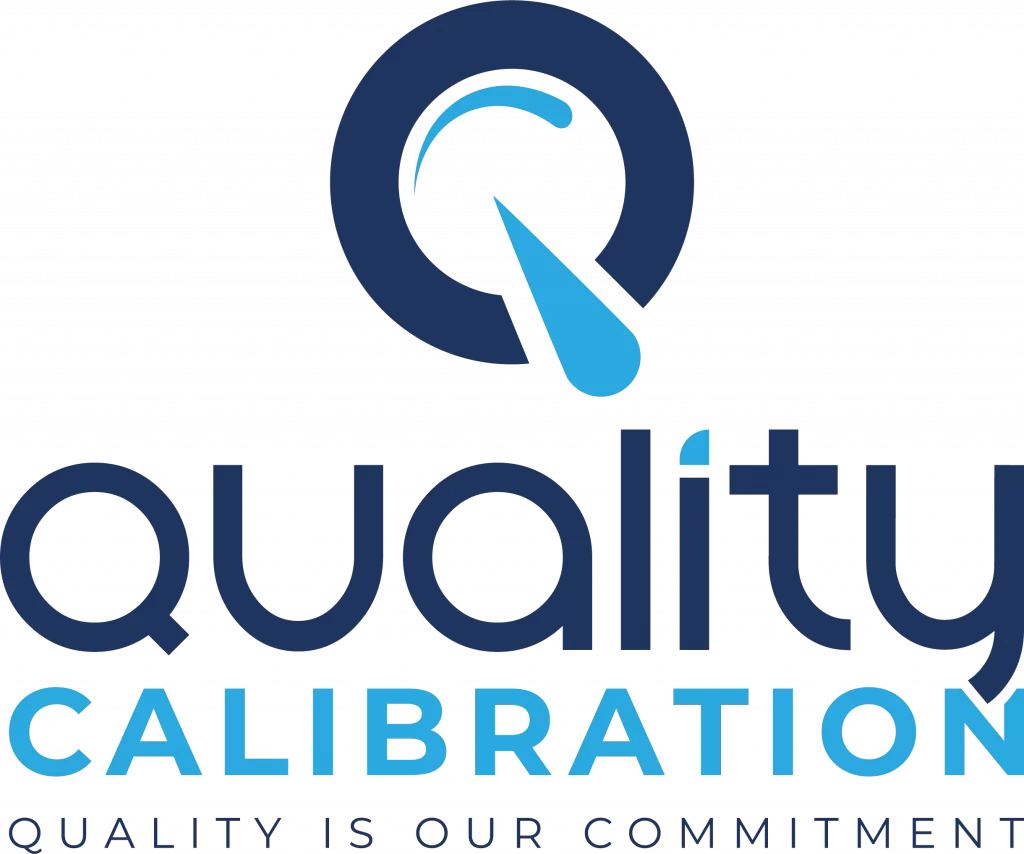Laboratory calibration plays a pivotal role in guaranteeing the precision and accuracy of scientific instruments and equipment. In this article, we will dive deep into the world of laboratory calibration, exploring its significance, the calibration process, and why it matters in various industries.
Why is Laboratory Calibration Important?
Laboratory calibration in Bangladesh is crucial because it ensures that scientific instruments and equipment provide accurate and reliable measurements. Imagine a scenario where a laboratory thermometer consistently reads a temperature that is a few degrees off. This discrepancy could lead to inaccurate results and, in some cases, disastrous consequences.
Calibration rectifies such discrepancies, making sure that instruments perform optimally. Whether you’re in a pharmaceutical laboratory, a manufacturing facility, or a research institution, precision is paramount. Calibration is the key to achieving this precision.
The Calibration Process
Calibration is a meticulous process involving several steps:
1. Selection of Reference Standards
The first step in laboratory calibration is selecting reference standards. These are highly accurate instruments that serve as benchmarks for calibration. Reference standards must have a known and traceable accuracy level.
2. Measurement Comparison
During calibration, the instrument under test is compared to the reference standard. Measurements are taken at various points across the instrument’s range to identify any deviations.
3. Adjustment and Correction
If deviations are found, adjustments are made to the instrument to bring it in line with the reference standard. These adjustments are made meticulously to ensure accuracy.
4. Verification
After adjustments, the instrument is verified by taking additional measurements to confirm its accuracy. This step ensures that the calibration was successful.
5. Documentation
A vital aspect of laboratory calibration is documenting the entire process. This includes noting the reference standards used, measurements taken, adjustments made, and verification results. Proper documentation is essential for traceability and quality control.
Applications of Laboratory Calibration
Laboratory calibration is employed across various industries:
1. Healthcare
In medical laboratories, calibration ensures the accuracy of diagnostic instruments like blood analyzers and imaging equipment. This accuracy is crucial for patient diagnoses and treatment.
2. Aerospace
In the aerospace industry, calibration guarantees the precision of instruments used in aircraft maintenance and flight control systems, ensuring passenger safety.
3. Manufacturing
Manufacturers rely on calibrated equipment to maintain product quality and consistency. From automotive parts to consumer electronics, calibration is integral to production.
4. Environmental Monitoring
Environmental agencies use calibrated instruments to measure pollutants, track climate changes, and safeguard the environment.
Bottom Line
Laboratory calibration is the unsung hero of precision and accuracy in the world of science and industry. It’s a meticulous process that ensures our instruments are reliable, our products are consistent, and our research is valid. Without it, we would be navigating in the dark, with no assurance of the reliability of our measurements. So, the next time you see a calibrated instrument, remember the precision and accuracy it brings to our world.

Md. Hasan Ibrahim is a Technical Manager at Quality Calibration with extensive experience in the calibration sector since 2015. Holding a Bachelor of Science degree in Mechanical Engineering from Khulna University of Engineering & Technology (KUET), he has received training from various national and international organizations including CSIR-CMERI, QSI, BAB, NML-BSTI, memmert, and X-rite. With expertise in ISO/IEC 17025 assessment, method validation, metrological traceability, and uncertainty, he has successfully completed numerous calibration projects across diverse industries such as pharmaceuticals, food & beverage, oil & gas, textiles & garments, power plants, batteries, chemicals, hospitals & healthcare, and private universities.


